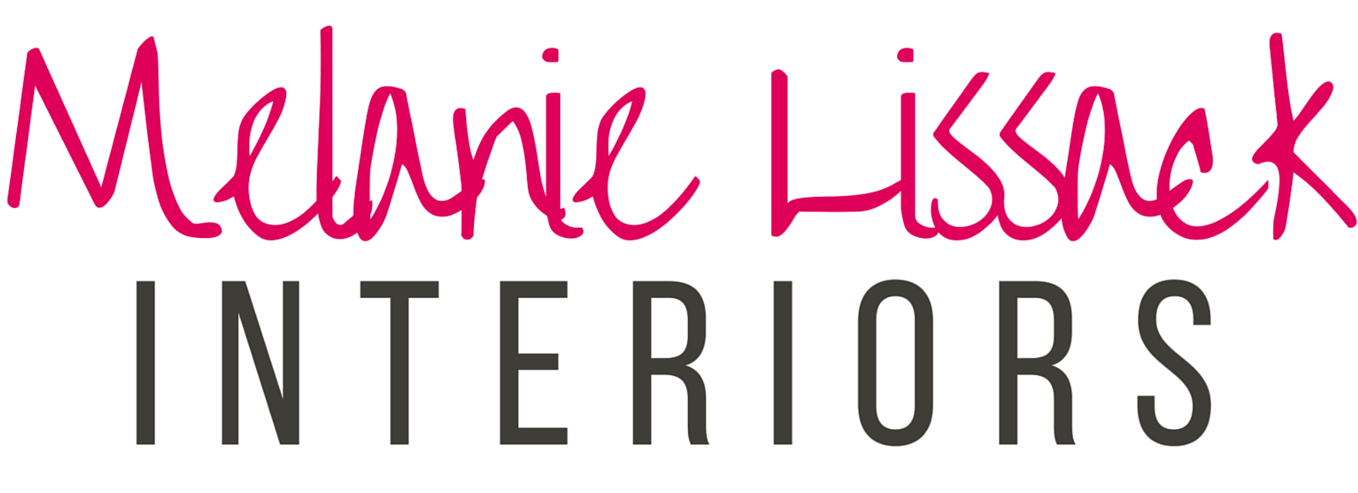Create A Bespoke Look In Your Bedroom By Mixing And Matching Interior Styles
Mix in ‘70s style fabrics in your bedroom with the new Poodle & Blonde collection from Hillary’s
Featured Partner Post
Designing a unique and personal bedroom means stepping away from a single design approach. A bespoke look can be achieved by blending different styles, textures, and periods to create a cohesive yet diverse space. Combining modern and traditional elements, using a mix of colours and fabrics, or strategically adding statement accessories can all work together to craft a bedroom that truly reflects who you are.
Let’s explore how to bring together these varied design elements in a way that is stylish, harmonious, and tailored to your taste.
Combining Modern and Traditional Elements for a Unique Aesthetic
Mixing modern and traditional styles can bring depth and character to your bedroom. A modern bed frame with clean lines can sit beautifully against a vintage wallpaper or antique furniture backdrop. Consider contrasting sleek, contemporary pieces with more ornate, classic ones. For example, a minimalist bedside table can be paired with a traditional lamp, blending the old with the new to create visual interest.
To ensure this mix works:
1. Focus on a common thread, like a colour palette or material.
2. Choose key elements like wooden flooring or metal accents to tie the different styles together. This will maintain harmony within the room, even with contrasting pieces.
3. Remember to balance the proportions; an oversized modern sofa may overpower a delicate vintage chair, so play with scale until the space feels balanced.
A modern mirror and armchiar is mixed with a French vintage-style bed and siade table. Image credit: Loaf.
How to Use Colour and Texture to Blend Different Interior Styles
Colour and texture are powerful tools for creating a cohesive look from a mix of interior styles. Soft pastels complement contemporary and classic designs, while a bold, dark shade unifies eclectic elements. Don’t shy away from experimenting with different textures, like pairing a velvet cushion with a faux leather armchair or using an ethical wool rug to add warmth against sleek, glossy surfaces.
Think about how different textures can work together to create a tactile experience. For example, a fitted wardrobe can be painted in a soft matte finish to contrast with a glossy bedside table or an upholstered bedhead. Combining textures like wood, metal, and fabric adds depth and dimension, making the room feel layered and carefully curated.
Balancing Contrasting Furniture Pieces for a Harmonious Look
Balancing different furniture styles requires thoughtful planning. Placing contrasting pieces, like a vintage dressing table, alongside a modern wardrobe can create an eye-catching look. Consider the shapes and sizes of the furniture and how they interact. For example, curved and rounded shapes can soften the angular lines of contemporary pieces, while statement pieces from Winstons beds can anchor the room with style and comfort.
This scalloped bedside table is the perfect mix of modern style with vintage detailing. Image credit: Dunelm.
A good way to balance contrasting furniture is to use symmetry. Place similar-sized items on either side of the room to create a visual equilibrium. Incorporating fitted wardrobes can also help in this balance, especially if they are custom-built to match the scale of existing furniture. Fitted wardrobes in London or even those near you can offer personalised storage solutions that don’t overpower other elements in the room.
Layering Fabrics and Patterns to Create Visual Interest
Layering fabrics and patterns is another way to add depth and character to your bedroom. Start with a base layer, like a neutral duvet or fitted sheet, and build upon it with patterned throws, textured cushions, and layered rugs. Combining different patterns, such as stripes with florals or geometrics with abstracts, adds complexity without clutter.
Use a consistent colour palette to connect these patterns and create a sense of unity. For instance, choose three or four complementary colours across the different textiles. Balance is key when mixing patterns; if you have a bold, large-scale print, balance it with smaller, more subtle patterns to avoid overwhelming the space.
Jaipuri collection of cushions available via ILIV.co.uk
Achieving Cohesion Through a Neutral Base Palette
A neutral base palette provides a blank canvas for mixing different styles. Light greys, whites, and beiges can serve as a backdrop, allowing other elements like furniture and accessories to stand out. Neutral walls and flooring allow you to experiment with colours and patterns in smaller doses, such as through curtains, rugs, or bedding.
A neutral base also makes it easier to integrate fitted wardrobes near me that blend seamlessly with your chosen interior style. Whether your fitted wardrobes have a glossy finish or a more traditional wooden look, they can complement the overall aesthetic without dominating the room. Using neutrals does not mean your room needs to be boring; it’s about creating a calm foundation that allows other design elements to shine.
Mixing Vintage Finds with Contemporary Accents
Incorporating vintage pieces with contemporary accents brings your bedroom a sense of history and uniqueness. A vintage bedside table or an antique mirror can become a focal point when surrounded by modern furniture. This mix gives the room a lived-in feel while maintaining a modern aesthetic.
Deus ex Gardenia 'Meadowlane' Wallpaper. Image credit: Deus ex Gardenia
Choose a few standout vintage pieces that speak to you, and position them alongside newer items for a balanced effect. Look for opportunities to unify the space, such as using a consistent colour theme or repeating materials like wood or metal. Vintage and contemporary pieces don’t need to match perfectly - they should create a dynamic and fresh dialogue.
Creating a bespoke look in your bedroom is an exciting opportunity to express your style. Embrace the challenge and enjoy curating a space that perfectly reflects your personality and taste.








How I have decorated my 2025 Christmas tree…